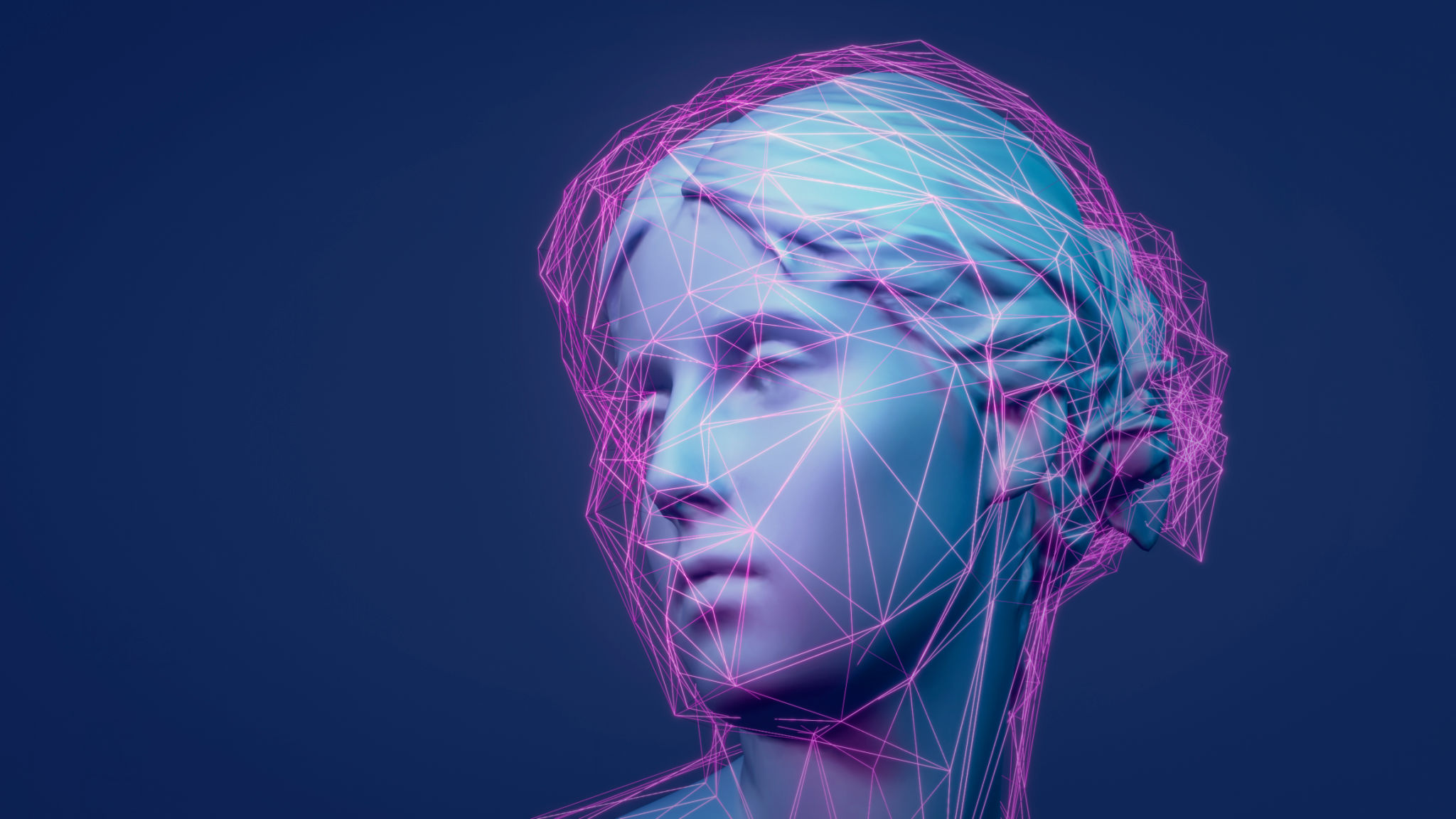Innovative Trends in Digital Product Design: What You Need to Know
In the ever-evolving world of digital product design, staying abreast of the latest trends is crucial for businesses aiming to deliver relevant and engaging user experiences. As technology advances, designers are continually pushing the boundaries to create innovative and intuitive interfaces that captivate users. Let's explore some of the most exciting trends shaping the future of digital product design.
Emphasis on User-Centric Design
User-centric design remains a fundamental principle in digital product development. The focus is on creating products that offer seamless interactions and cater to the needs and preferences of the end-user. This approach involves extensive user research and testing to ensure products are intuitive and efficient.
Designers are increasingly utilizing tools like personas, journey maps, and usability testing to understand user behaviors and pain points. By prioritizing user experience, businesses can create products that not only meet user expectations but also foster long-term loyalty.

Integration of Artificial Intelligence
Artificial Intelligence (AI) is revolutionizing digital product design by enabling smarter and more personalized user experiences. AI technologies, such as machine learning and natural language processing, allow products to adapt to individual users' preferences and behaviors.
Designers are leveraging AI to automate tasks, enhance user interfaces, and deliver predictive insights. For instance, chatbots powered by AI can provide real-time assistance, while recommendation engines suggest products or content based on user history. This integration not only enhances functionality but also improves overall user satisfaction.

Immersive Experiences with Augmented Reality
Augmented Reality (AR) is another trend transforming digital product design by offering immersive experiences that blend the digital and physical worlds. AR technology allows users to interact with digital elements in their real environment, creating engaging and memorable experiences.
From virtual try-ons in fashion and beauty to interactive learning in education, AR is finding its place across various industries. Designers are challenged to create seamless AR interfaces that are both functional and visually appealing, ensuring a smooth user experience.

Sustainable and Ethical Design
As awareness around environmental issues grows, sustainable and ethical design practices are becoming more prevalent. Designers are seeking ways to reduce digital waste and create products that have minimal environmental impact.
This includes optimizing energy consumption, using eco-friendly materials in hardware, and considering the ethical implications of design choices. By adopting sustainable practices, businesses can align their products with the values of environmentally conscious consumers.
Rise of Voice User Interfaces
Voice User Interfaces (VUIs) are gaining traction as more users turn to voice-activated devices for convenience. VUIs enable users to interact with products through spoken commands, offering a hands-free experience that can be particularly beneficial in situations where manual interaction is impractical.
Designers face the challenge of creating intuitive voice interactions that understand natural language while providing clear feedback. As VUI technology advances, it is expected to play a significant role in shaping the future of digital product design.

Focus on Accessibility
Ensuring accessibility in digital product design is no longer optional; it is a necessity. Inclusive design practices aim to make products usable for everyone, regardless of their abilities or disabilities. This involves creating interfaces that are adaptable to various needs, such as screen readers for visually impaired users or simplified navigation for those with cognitive challenges.
By prioritizing accessibility, businesses can reach a broader audience and demonstrate their commitment to inclusivity. This not only enhances brand reputation but also ensures compliance with legal standards.

In conclusion, the landscape of digital product design is rapidly changing, driven by technological advancements and evolving user expectations. By embracing these innovative trends, businesses can create products that are not only cutting-edge but also resonate deeply with their audience. Staying informed and adaptable in this dynamic environment will be key to success in the future of digital product design.
